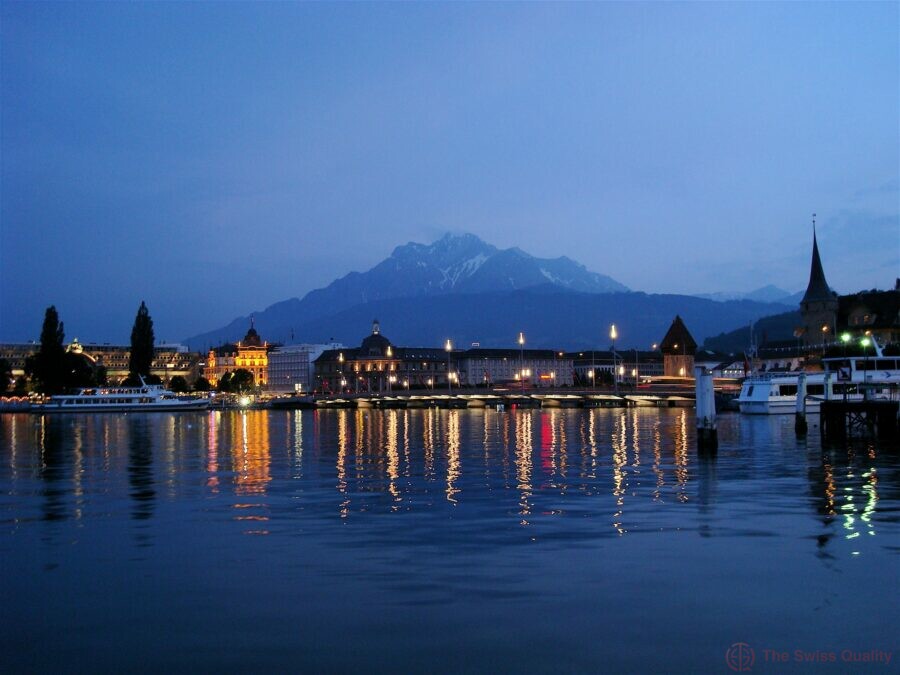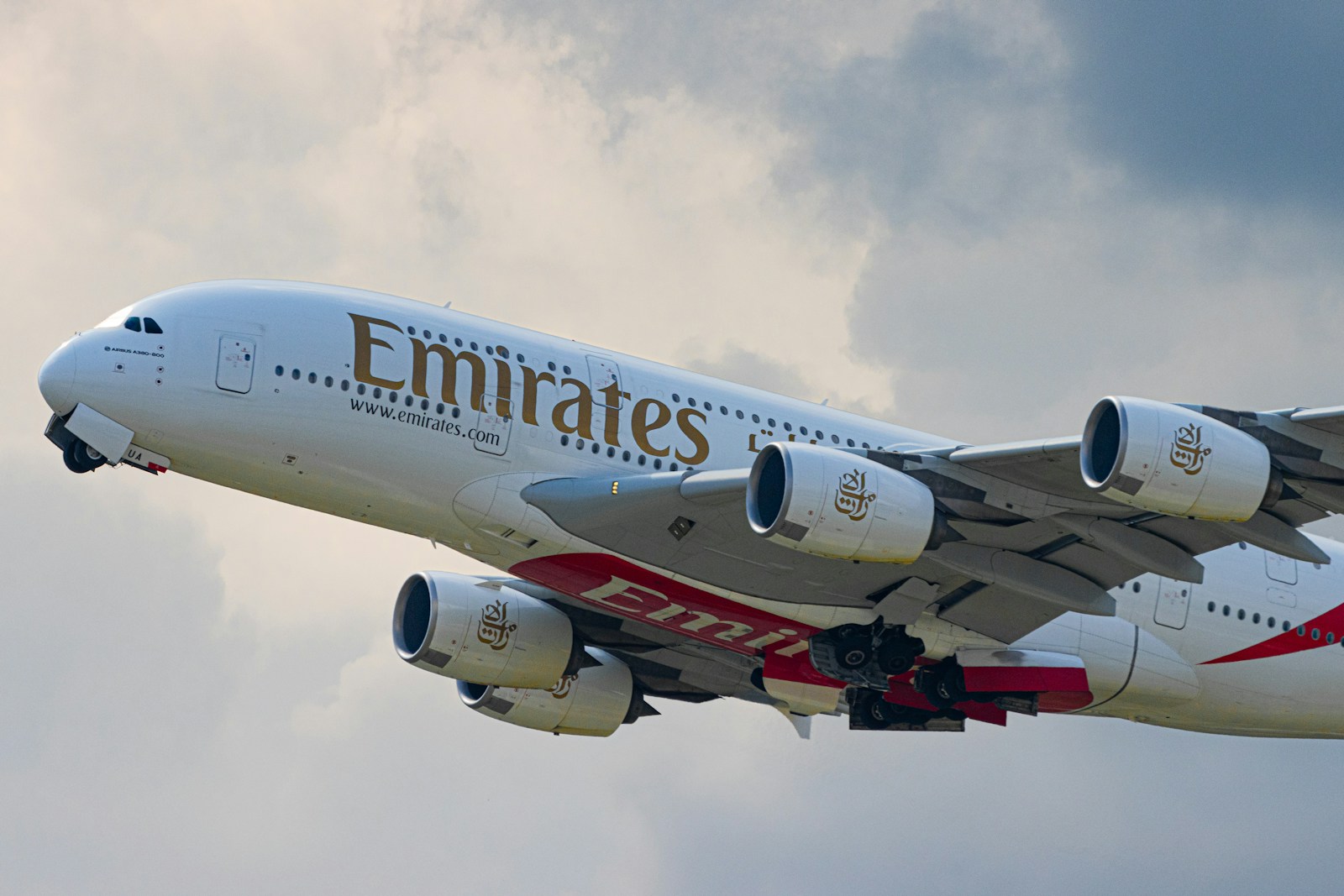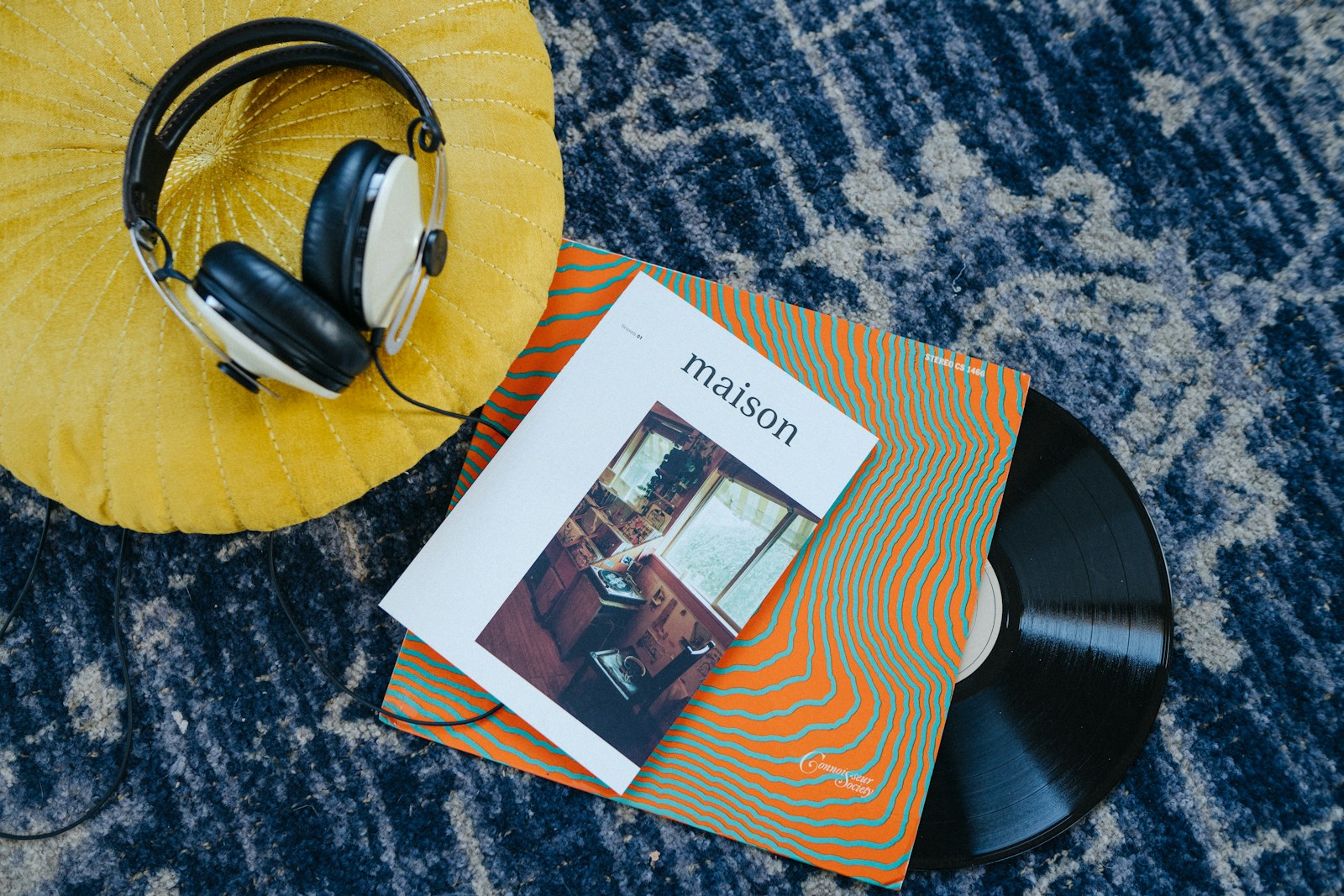Exploring the Boundaries of Art and Activism
Introduction to Ai Weiwei’s Artistic Journey
Born on May 18, 1957, in Beijing, Ai Weiwei has become one of the most celebrated and controversial artists of our time. His work transcends mere aesthetics, delving into the realms of political activism and social commentary. Ai’s experiences in China, a country where the government closely monitors and often censors public expression, have profoundly shaped his art. This environment of surveillance has imbued his creations with a powerful sense of purpose, challenging viewers worldwide to reconsider the relationship between art, freedom, and society.
Global Recognition and the Power of Voice
Ai Weiwei’s influence extends far beyond the borders of China, garnering international acclaim for his courage and creativity in the face of oppression. Through a diverse body of work, including sculpture, installations, photography, and film, Ai articulates a global plea for human rights and freedom of expression. His art serves not only as a reflection of his personal struggles with the Chinese authorities but also as a mirror to the global condition, highlighting the universal value of speaking out against injustice. The global response to Ai’s work underscores the potent role of artists as agents of change in society.
The Intersection of Art, Activism, and Technology
In an era where digital technology shapes every aspect of our lives, Ai Weiwei adeptly harnesses the power of the internet and social media to amplify his message. His savvy use of digital platforms transcends geographical boundaries, connecting with a worldwide audience and sparking international dialogues about freedom, censorship, and the role of art in activism. Ai’s innovative approach to digital engagement not only elevates his artistic expression but also exemplifies the transformative potential of technology in the service of social and political commentary.
Ai Weiwei’s Legacy and Its Impact on Society
Championing Free Expression Through Art
Ai Weiwei’s unwavering commitment to free expression and his relentless critique of governmental policies have positioned him as a pivotal figure in the struggle for human rights. His art transcends traditional boundaries, serving as a catalyst for social change and highlighting the importance of individual voice in the face of systemic suppression. Ai’s work reminds us that art possesses the unique ability to communicate complex messages and inspire action, making it an indispensable tool in the quest for justice and equality.
Influencing Future Generations of Artists and Activists
The legacy of Ai Weiwei is not limited to his artworks; it extends into his influence on aspiring artists and activists around the world. By intertwining art with activism, Ai has paved the way for a new generation to explore and utilize artistic expression as a means of political and social engagement. His example encourages future creatives to think critically about their role in society and to use their talents as a force for good, challenging them to question and reshape the world around them.
Embracing the Global Stage for Advocacy
Ai Weiwei’s journey from a surveilled artist in China to a global symbol of resistance highlights the transformative power of art in advocating for human rights. His ability to engage with international audiences, coupled with his innovative use of technology, has catapulted the issues of censorship and free expression onto the global stage. As societies worldwide grapple with these challenges, Ai’s work serves as a beacon of hope and a reminder of the enduring strength of the human spirit in the face of adversity.
#AiWeiwei, #ChineseArtist, #GlobalArt, #FreeExpression, #Criticism, #Opinion, #Surveillance, #Censorship









